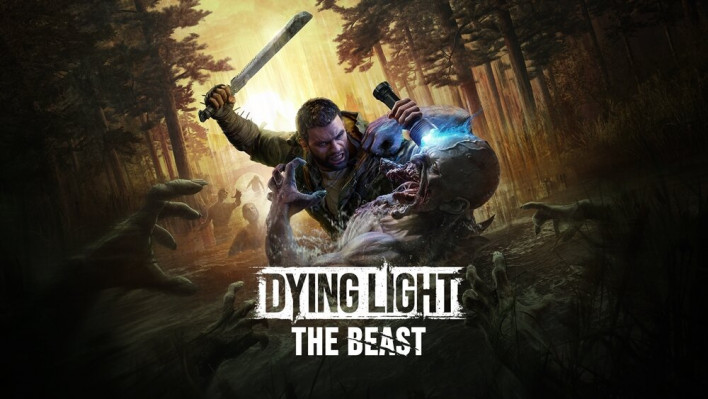
About a month ago, I got my first hands-on with Dying Light: The Beast at Summer Game Fest in Los Angeles. To be frank, my initial impressions weren’t earth-shattering— the playable build was extremely limited. You could only run through exactly the same thirty-minute segment shown in the official preview video, with no deviations.
This time in Shanghai, however, I encountered a build that felt very close to the finished product. Although the demo was still capped at roughly three to four hours of gameplay, it was a world-open experience rather than the on-rails preview at SGF—so I finally had the freedom to explore Dying Light: The Beast in detail.
Even so, I approached the session with some trepidation. The Dying Light series thrives on its signature “Day for the Living and Night for the Dead” structure, and since that core loop already works so well, it’s tough to introduce radically new mechanics. My SGF playthrough had confirmed that while everything looked a bit sharper, I hadn’t really found any fresh thrills. So I set myself a clear goal for Shanghai: discover exactly what new fun Dying Light: The Beast brings to the table.
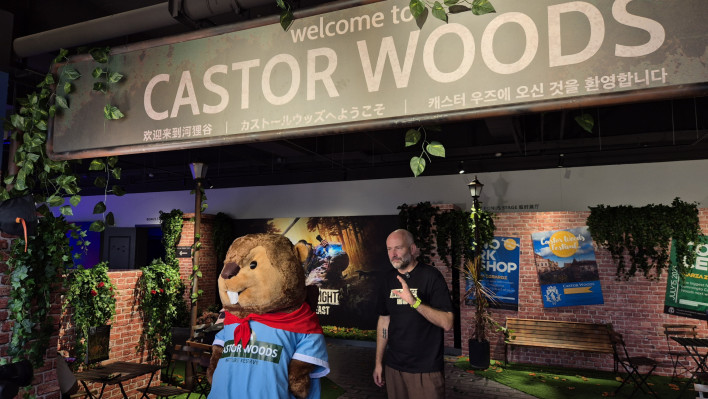
From Zombie Survivor to Chimera Hunter
One of the most notable changes is in the title itself: there’s no “3.” Although this project began as DLC for Dying Light 2, it grew into a standalone adventure, and instead of calling it Dying Light 3, Techland christened it Dying Light: The Beast. That subtitle is no mere flourish—it hints at the game’s central concept.
You play as Kyle Crane, the very protagonist of the first Dying Light. After being bitten and left to wander in search of the immunity booster “ANTIGEN,” Crane survives the events of the original game (and the ominous ending of the Following DLC, in which he seemed destined to become a Volatile).
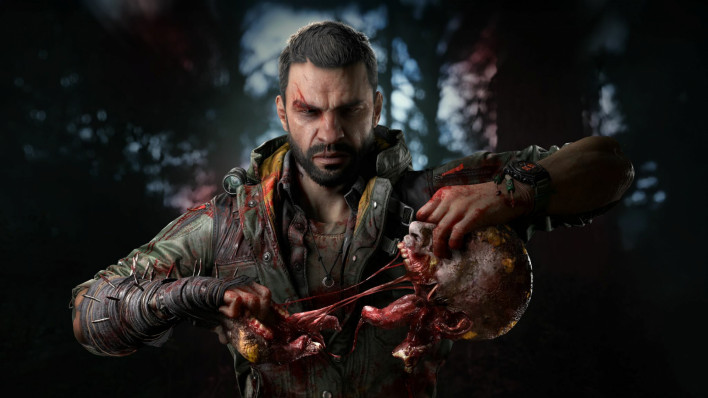
But he isn’t simply alive—he’s been captured by the clandestine GRE (Global Relief Effort) and subjected to horrific experiments for the past thirteen years. Since the first game took place in 2015 and this entry is set in 2036, Crane spent over a decade roaming outdoors as a quasi-zombie—a uniquely twisted résumé.
As a result of those experiments, Crane now straddles the line between human and infected, a metamorphosis that defines The Beast. Early in the game, we learn that the villainous Baron’s tampering hasn’t fully stabilized, and Crane continues to warp toward mutation. To control it, he must hunt down and slay the Baron’s bio-engineered abominations—Chimeras—extracting and absorbing a biological catalyst called GSB from their corpses. It’s the classic “defeat powerful foes and harness their strength” motif given a fresh, gruesome spin.
Each Chimera you vanquish instantly yields GSB, which feeds into a separate skill tree called Beast Mode. In the demo’s four main missions, I fought three distinct Chimeras—effectively one boss per mission—each unlocking more Beast Points to spend on abilities.
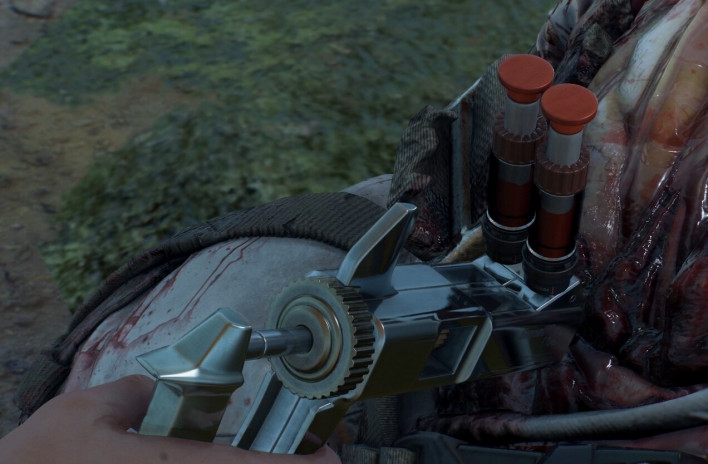
The Beast Mode tree governs Crane’s feral transformation: once the Beast Gauge under your health bar fills, you erupt into a berserker state—invincible and smashing everything in sight with brutal melees, much like Doom’s Berserk power-up or the “Spartan Rage” from other action titles. (It’s so uncontrollable that once the meter maxes, you’re locked in—even if you’re in the middle of a delicate zombie crowd, you can’t help but go full beast.)
Daylight’s Calm, Night’s Terror—Dialed Up
The series’ hallmark “Day for the Living, Night for the Dead” loop returns, but now it feels more intense. Daytime remains relatively safe—most infected are slow-moving Biters, and you can usually sprint away from Runners. Only the occasional night-active Chimera or small pack of Runners poses real threat under the sun.
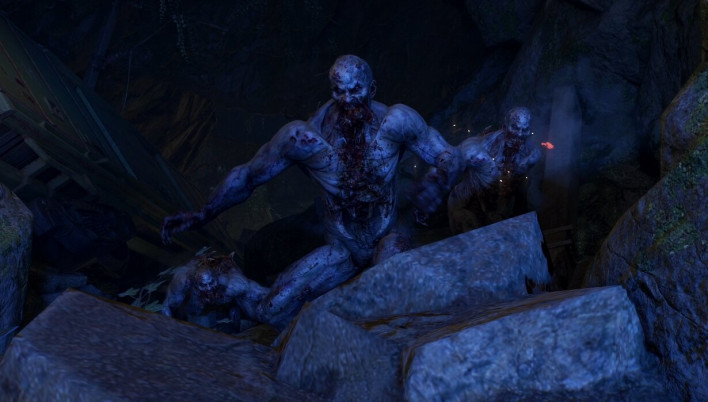
But come nightfall, Dying Light always flipped into survival horror: the deadly Volatiles emerge from the shadows, forcing you to avoid eye contact at all costs. While veteran players could, later in the first game, hunt Volatile packs for high-value loot, early encounters were designed to be terrifying gauntlets that push you to escape within two hours or die.
In The Beast, that nighttime dread is magnified by two new factors: a dynamic weather system and a vast, forested open world. The weather in Dying Light: The Beast shifts constantly—clear skies can give way to sudden downpours, affecting everything from visibility to vehicle handling (slick tires make driving a nail-biting challenge). When night, rain, and dense forest converge, the result is pure psychological horror.
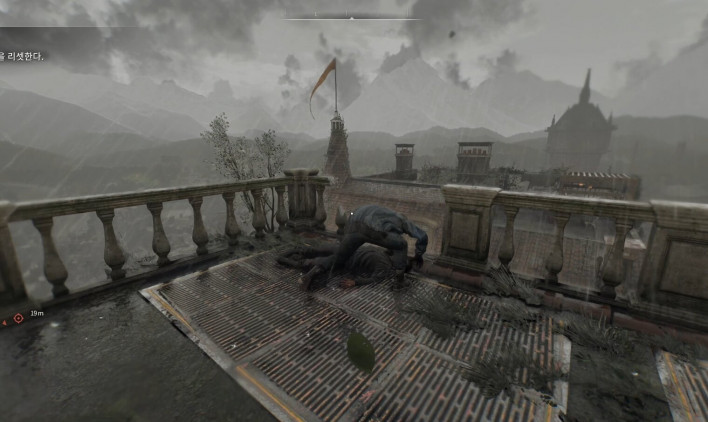
The game’s setting is Caster Woods, a vacation town built around a lush forest of towering trees—so imagine being caught in the treeline at dusk, rain drumming on your flashlight, as the darkness closes in. The night here is noticeably darker than in previous games; turn off your torch, and you’re essentially blind.
The effect is akin to the “Sugarcane Downpour” chapter in Left 4 Dead 2, only turned up to eleven. I straight-up wanted to quit and go home.
Everything Feels More…Dying Light
As I mentioned in my SGF preview, Dying Light: The Beast improves on every front: sharper visuals, more detailed environments, richer effects—changes one expects in a next-gen iteration. But beyond that, it simply feels more Dying Light. Every moment—be it a fluid parkour leap, a frantic night escape, or even a small environmental puzzle—resonates with the series’ DNA. It’s like adding an extra shot of espresso to an iced Americano: familiar, but undeniably stronger.
One subtle enhancement is the variety among ordinary zombies. Twenty years after the outbreak, you’ll face everything from fresh, spry corpses to skeleton-thin husks, each with slightly different health pools and behaviors. Most Biters take three strikes to drop, while frailer ones crumble in one or two hits—small but welcome depth to the infection ecology.
Not everything was perfect: my biggest gripe was the Field of View. The default FOV sits in the low 50s, and even at maximum, it barely hits 80—causing severe motion sickness for some journalists and influencers at the event. Considering how much camera shake (head-bobbing) there is, that narrow view can be brutal. Thankfully you can tweak the bobbing, but if you couldn’t adjust it, Techland would’ve needed barf bags on hand.
Of course, this was strictly a hands-on demo, so I couldn’t assess multiplayer, endgame content, or the full narrative structure. But based on the first four hours, Dying Light: The Beast is a contender well worth the hype. It carries the irreplaceable fun of the franchise and delivers everything fans have been craving.
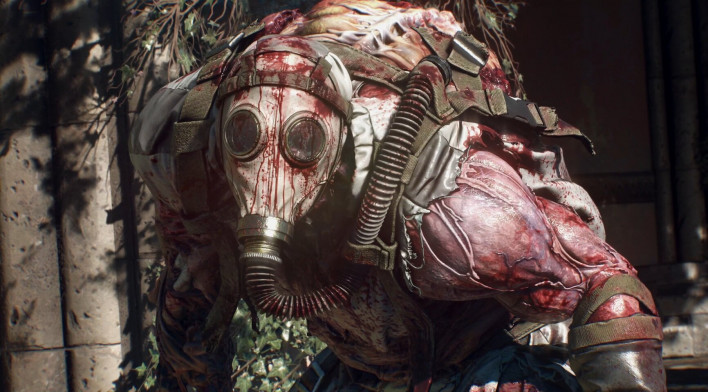
To truly eclipse its predecessors, it’ll need to pull off some surprises beyond expectation—but we’ll save that verdict for launch day.
Sort by:
Comments :0






